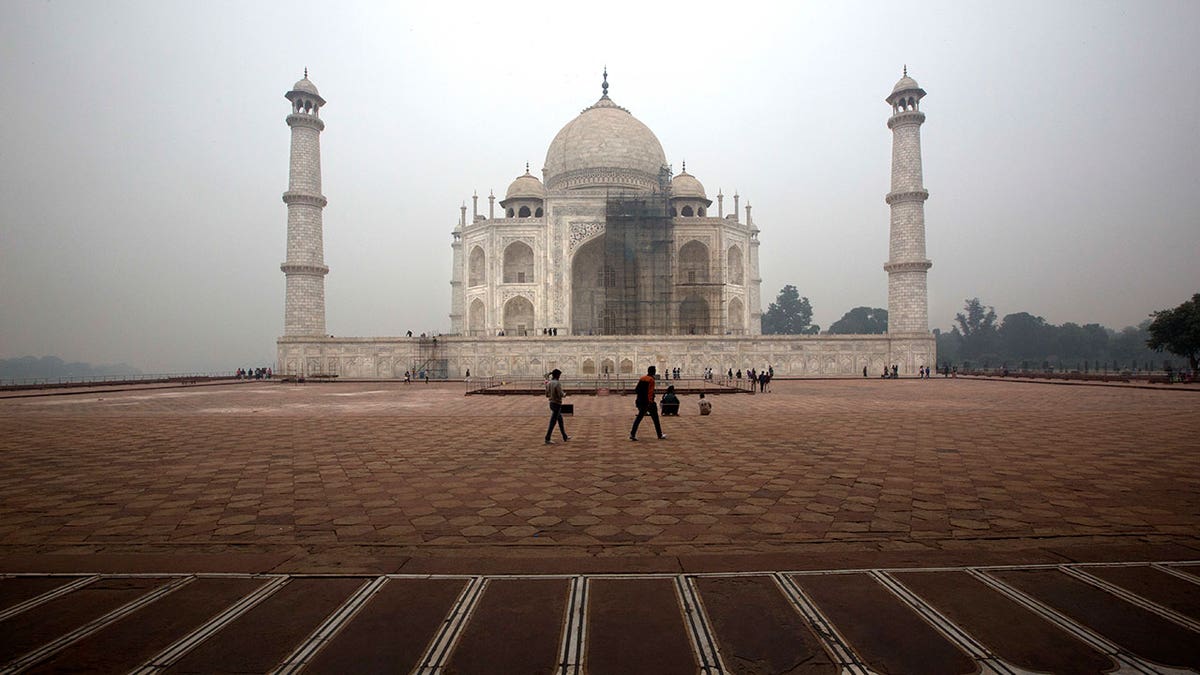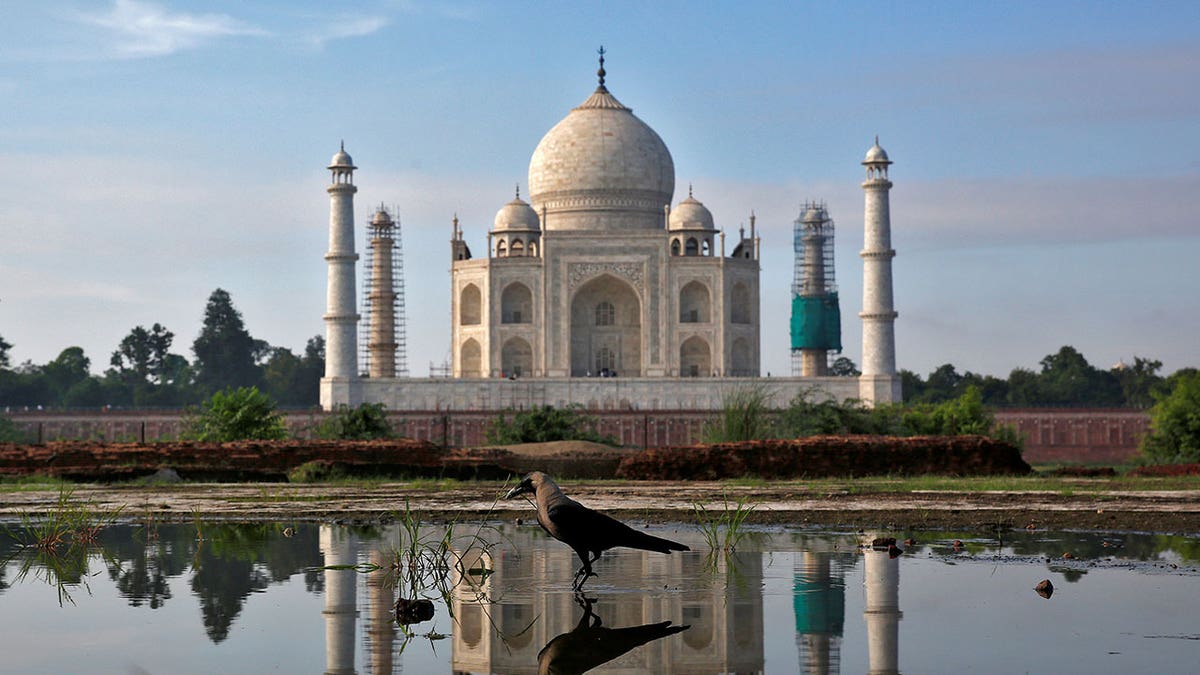
The Archaeological Survey of India has capped the number of Indian visitors to the Taj Mahal at 40,000 per day. (Associated Press)
After five people were injured during a stampede at the Taj Mahal, authorities are capping the number of visitors who can enter the world-famous mausoleum each day.
On Dec. 28, the dangerous stampede occurred towards the exit at the monument’s closing time. On Wednesday, the Archaeological Survey of India (the organization that operates the monument) announced that only 40,000 Indian visitors will be allowed to enter the Taj Mahal complex each day. The cap does not affect foreign tourists.
More From Travel + Leisure
- Harry and Meghan's French Vacation Got Much More Luxurious After Their Economy Arrival
- This Dazzling Light Show in a Japanese Flower Garden Is One for the Bucket List
- A Delta Flight Was Forced To Go Back to the Airport — Twice
- This Norwegian City Might Be the Most Festive Place in the World at Christmastime (Video)
- How Cinque Terre Is Handling the Pressure of Being on Every Traveler’s Bucket List
"We have to ensure the safety of the monument and visitors as well,” an official from the Archeological Survey of India told AFP. “Crowd management was emerging as a big challenge for us.”
The Taj Mahal has towered over Agra since the 17th century when the Mughal emperor Shah Jahan ordered its creation in memory of his wife who died in childbirth. But in recent years, a swelling number of tourists have threatened the future of the building.
In 2011, a group of preservationists warned the world that the monument was in danger of collapsing within five years. According to the group, the marble building began to show cracks in 2010 and its wooden foundation was eroding. Others were concerned about the effect acid rain from a nearby factory would have on the mausoleum’s facade.

The Taj Mahal's new limitations will only affect residents of India. Foreign travelers will still be able to purchase a Foreign Entry Pass, even if the tourist spot has met its quota for the day. (Reuters)
The Taj Mahal attracts an estimated 8 million visitors every year, an average of 22,000 every day. The cap is unlikely to affect visitors except on the monument’s busiest days.
Indian visitors who want to enter the temple and find themselves visitor number 40,001 or later can purchase a foreign entry pass for $16 (1,000 rupees). The typical admission for domestic visitors is about 60 cents (40 rupees).
